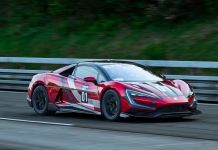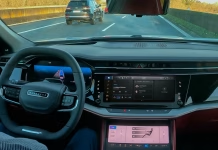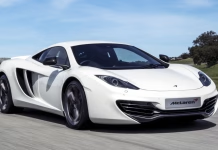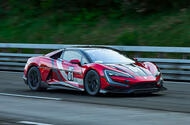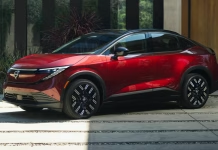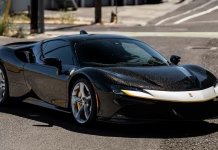World’s Fastest Electric Car Shatters Speed Record at 293 MPH

Stellantis Hits Pause on Level 3 Self-Driving Tech Amid High Costs and Low Demand
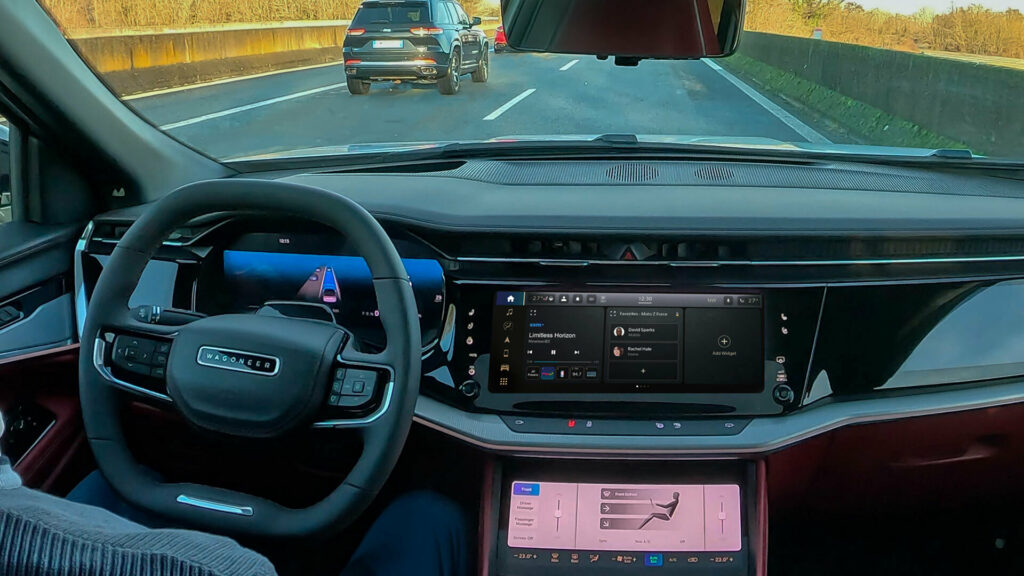
Helicopter Crashes Into French Lake During Wildfire Water Collection

Who’s Earning the Most? Inside the Record-Breaking Paychecks of Top Automotive CEOs

Family Sues Over Fatal Cybertruck Fire Alleging Defects and Negligence in Texas Crash
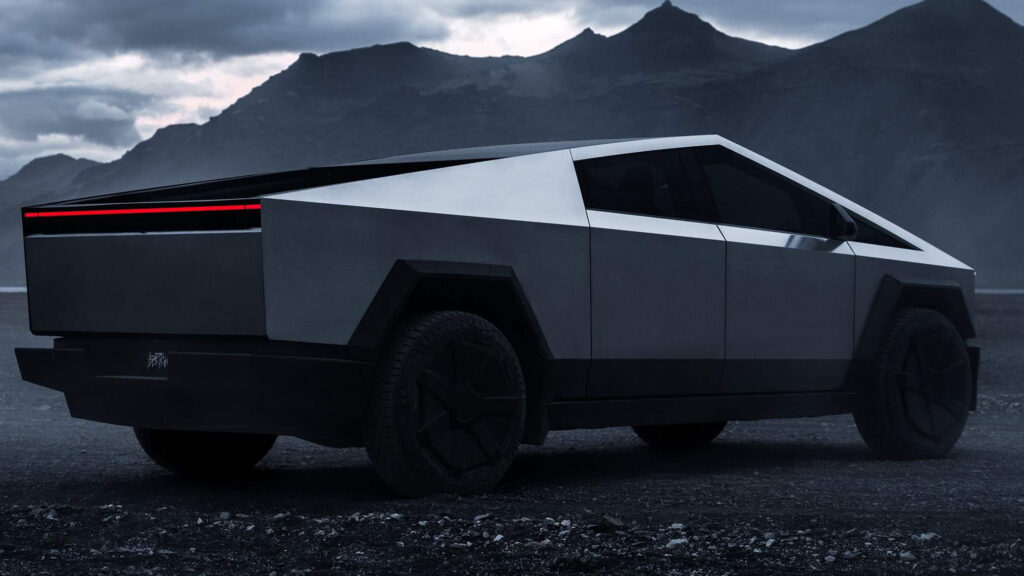
Police Nab Suspect After Midnight McLaren Vandalism Shocks Monterey Car Week
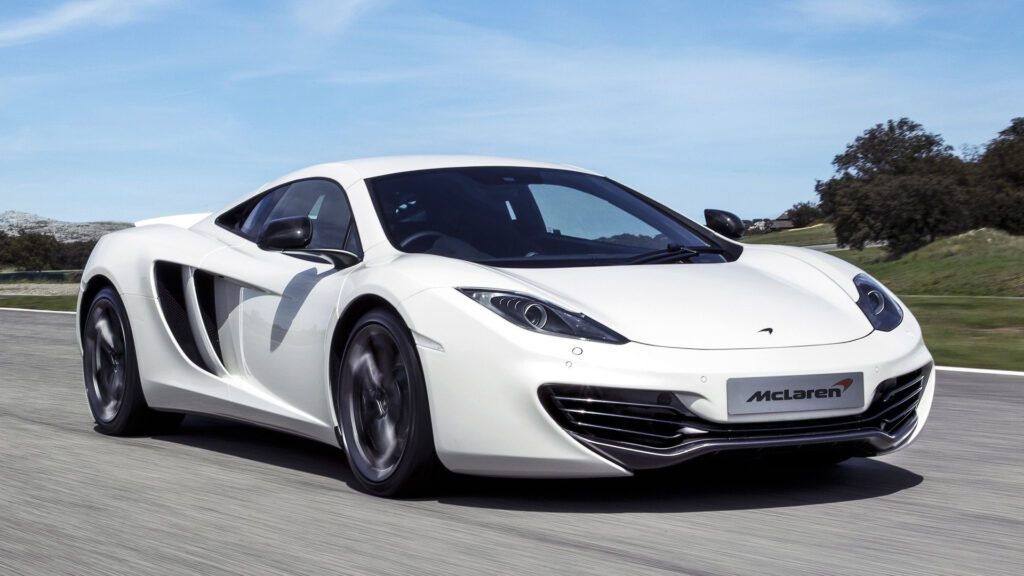
US Fighter Jets Routinely Intercept Russian Planes Near Alaska Without Alarm

Yangwang U9 Shatters Electric Car Speed Record with Blazing 293mph Run
 Outrageously powerful Track Edition of Chinese supercar hit 293.54mph at the ATP test track in Germany
Outrageously powerful Track Edition of Chinese supercar hit 293.54mph at the ATP test track in Germany
The 2977bhp Yangwang U9 has hit almost 300mph, smashing the top speed record for an electric car.
The official speed of 293.54mph was achieved at the ATP test track in Germany. It surpasses the 272.61mph set by the Aspark Owl.
The feat was completed by the hardcore Track Edition variant of the Chinese supercar. Each of its four motors puts out 744bhp, meaning power is boosted by 1689bhp over the standard car. This top-rung U9 can hit 62mph from rest in 2.36sec.
Key to the record was the car’s independent torque-vectoring system, said Yangwang. Controlled by road-monitoring sensors, each motor is adjusted up to 100 times per second to maximise grip and performance.
The record achieving U9 also wore special semi-slick tyres developed by Giti Tire, which were optimised to reduce torque loss and wear.
The record was set by German professional driver Marc Basseng, who was behind the wheel for the previous attempt in 2024, achieving a speed of 243mph.
This placed the U9 behind the Owl and the Rimac Nevera R (268.2mph) but was enough for it to become the fastest non-airborne Chinese vehicle ever – surpassing even the 220mph speed of China's high-speed trains.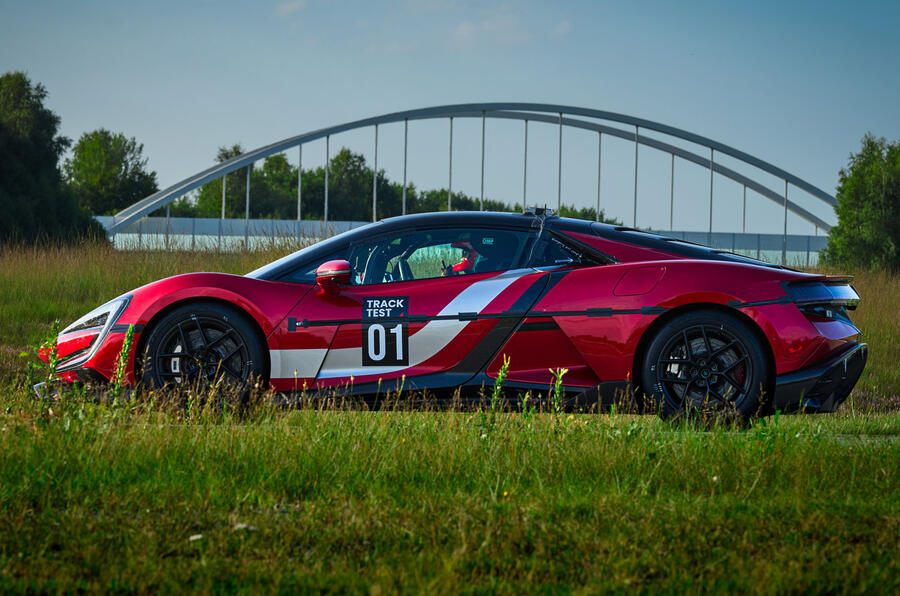
Basseng said: “Last year, I thought I'd peaked. I never expected to break my own record so soon – but here we are, at the same track, with new technologies that have made it possible.”
Yangwang is owned by behemoth BYD and pitched as a maker of tech-heavy, high-performance models. It currently offers the U9 and the chunky U8 SUV in China, priced from the equivalent of around £120,000 and £200,000.
Plans are being tabled to bring the brand to Europe, BYD vice-president Stella Li told Autocar in July. She said its arrival will follow the launch of the Audi-rivalling Denza brand early next year.
Why the 2026 Nissan Leaf Costs More in Canada Than the US
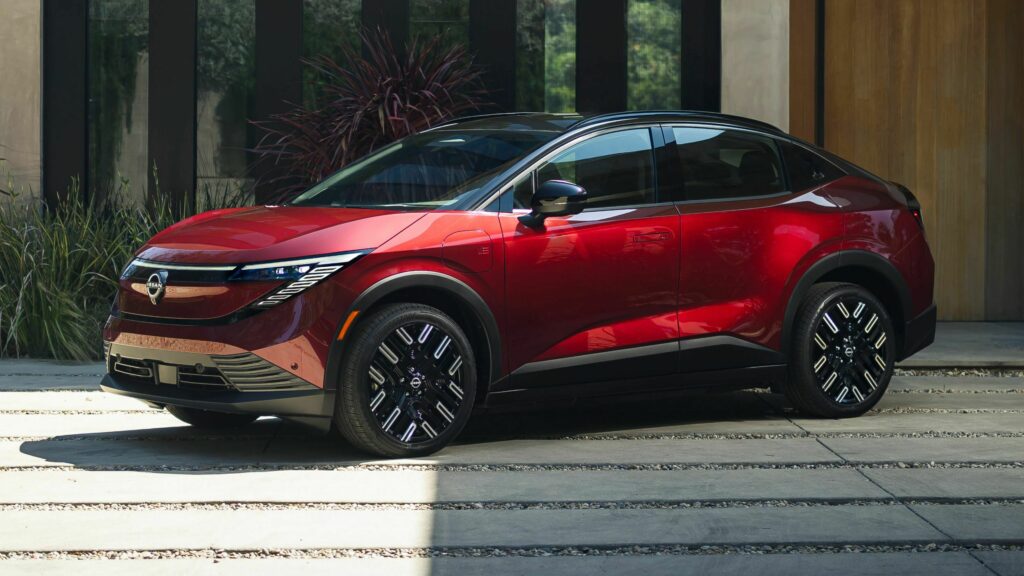
This Ferrari SF90 Shines in the Most Stunning Black Paint Yet


